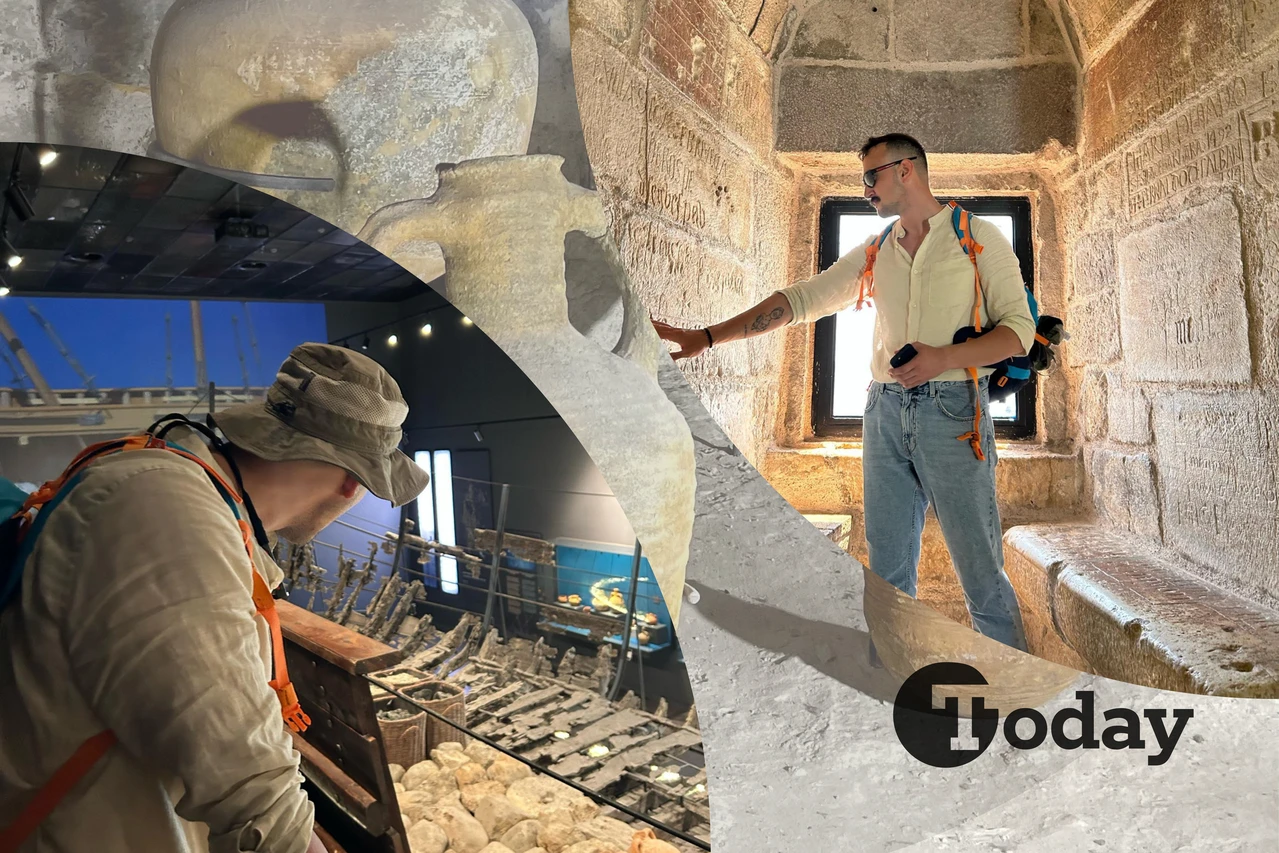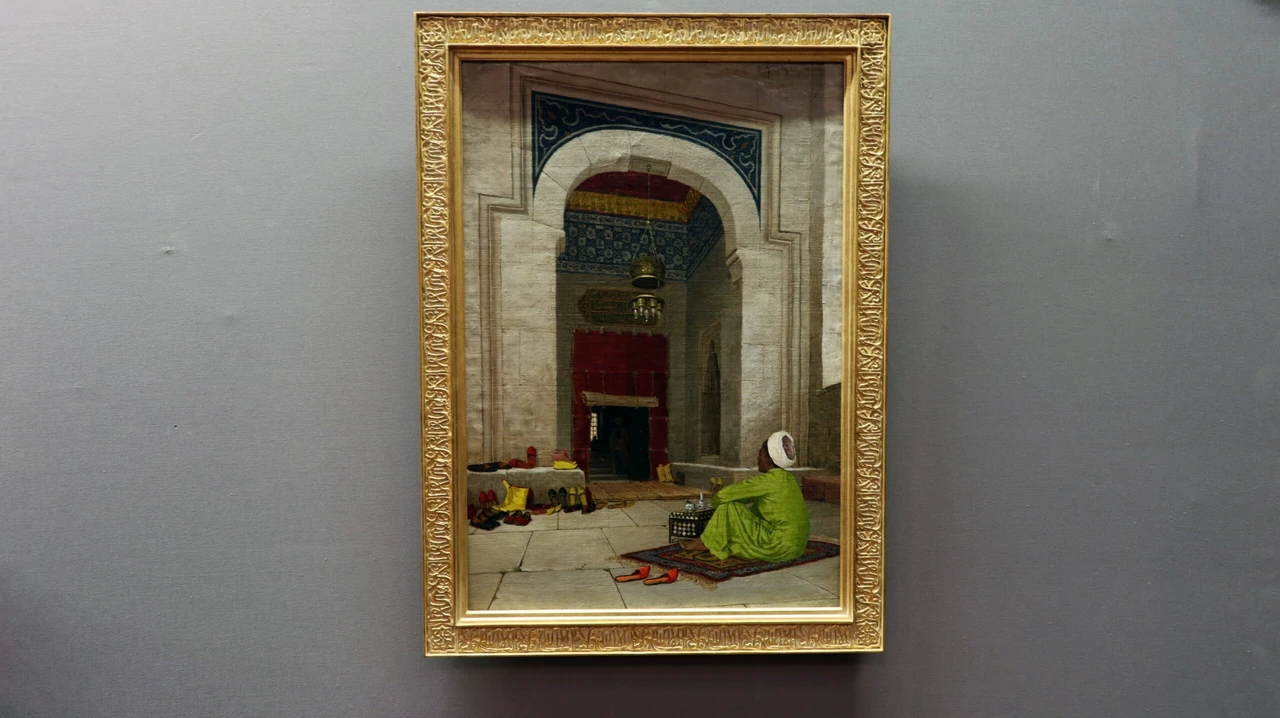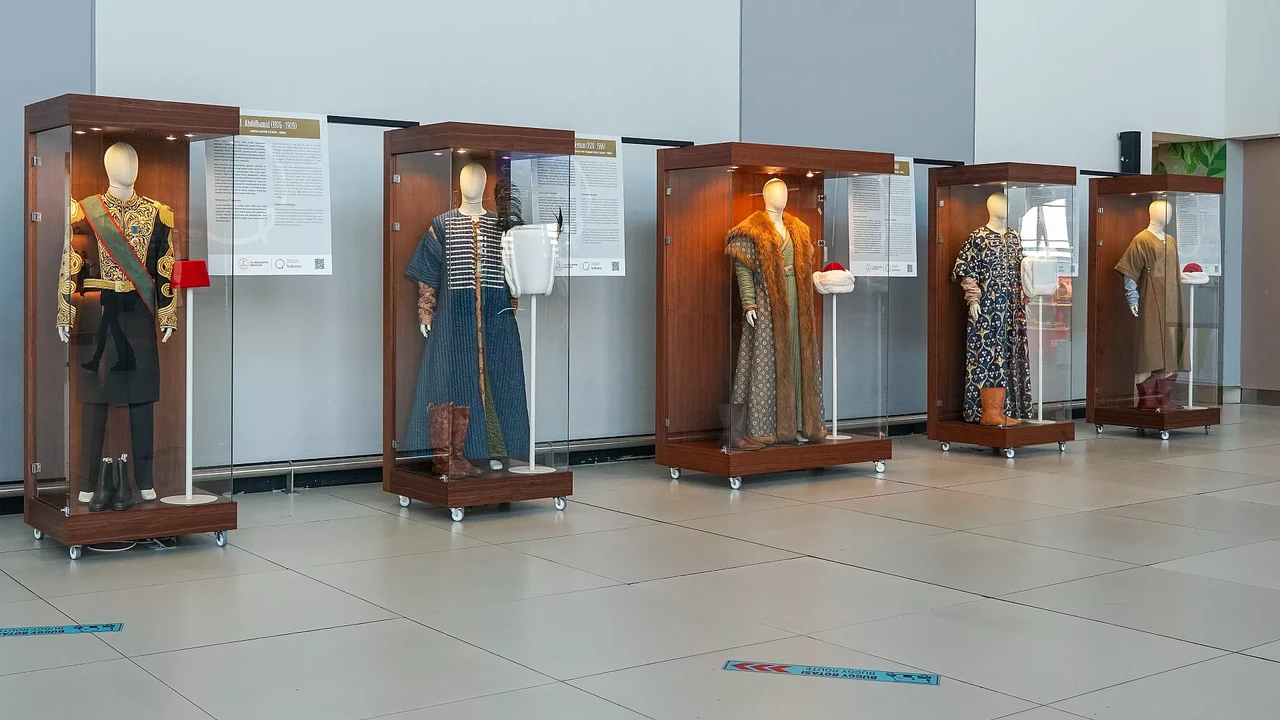Exploring Istanbul’s Ataturk Urban Forest: Kingfisher
Rediscovering Istanbul, I found serenity and unexpected beauty in the Ataturk Urban Forest, proving Evliya Celebi’s words true: this city is ‘unlike anything else on Earth’
EXCLUSIVE BY KEVSER ERBAY — Evliya Celebi devoted the first volume of his “Seyahatname” (Book of Travels) to Istanbul, calling it “unlike anything else on Earth.” Once again, I discovered a new facet of this magnificent city.
Stepping back into Istanbul after London, I carried with me a profound sense of longing for Hyde Park. Never did I imagine missing London amid the familiar hum of Istanbul. In my view, London seemed almost built around Hyde Park, a haven where I cherished starting my mornings with fresh air and a cup of coffee. Surprisingly, Ataturk Urban Forest in Istanbul filled this void in a way I could never have predicted.
My first stop was at Hayrola Cafe in Istanbul’s Tarabya, a childhood haunt where I indulged in a long-awaited cup of salep, Türkiye’s beloved winter drink. As I enjoyed my drink, I found myself engrossed in conversation with Mehmet uncle, who works at Hayrola. Our pleasant chat soon turned to my longing for London’s Hyde Park. “Why not give Ataturk Urban Forest a chance? It’s right here, close to us,” Mehmet uncle suggested.
Stepping off the Hacıosman stop on Istanbul’s M2 metro line, I encountered an unexpected delight: a hidden forest that captivated me instantly.
From a young age, I’ve harbored a deep affection for the melodies of birds, taking pride in distinguishing their species and even genders by ear. Within this unexpected oasis in Istanbul, the birdsong cut through the city’s clamor, transporting me to a place of serenity and connection with nature.
As I meandered through the forest, my path led me to Beltur Cafe, a serendipitous encounter that beckoned me to pause and indulge in the simple pleasure of a Turkish coffee.
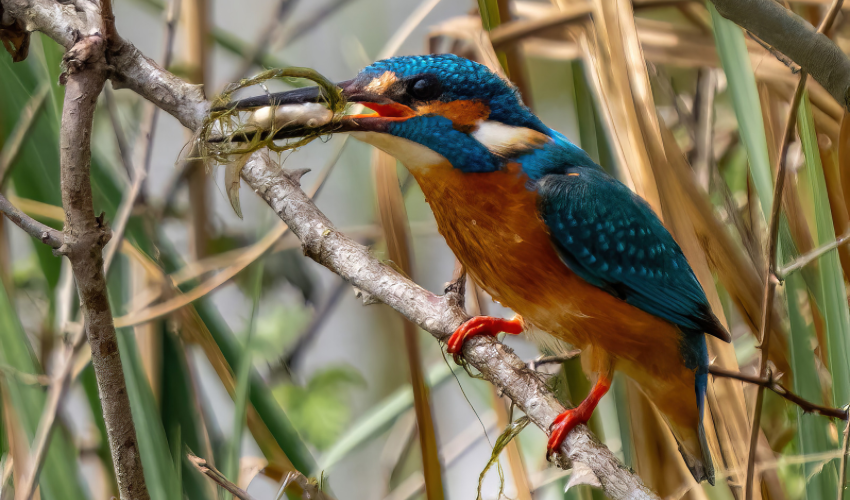
Winged surprise of spontaneous trip: Kingfisher
A casual stroll toward the pond, coffee in hand, led to an unexpected encounter with a group of enthusiastic volunteers from the Atatürk Urban Forest. Cameras clutched in their hands, they captured the scene with fervent focus. Curiosity piqued, I approached them, only to discover the source of their fascination: a dazzling flash of turquoise – the renowned kingfisher of Istanbul. I extend my gratitude to the volunteers of Atatürk City Forest through my readers.
Hasan Sarigul, a volunteer at the Ataturk Urban Forest, mentioned that it was the first time in four years he had seen the kingfisher bird again in Ataturk Urban Forest.

The kingfisher, also known as the “yali capkini” in Turkish for its Bosphorus sightings, is found in various habitats across Türkiye, including the Gediz Delta, Izmir-Bakircay Delta, Mugla-Gulluk, Mugla-Bodrum, Mersin, Ankara’s Eymir Lake, and wetlands near Adana bordering Mersin.
“Yali capkini” translates to “the mansion flirt” or “the shore flirt” in English. The term is made up of two words: “yali,” which refers to waterfront mansions along the Bosphorus in Istanbul, typically luxurious homes that have historical significance and beautiful architecture; and “capkini,” which means flirt or womanizer, often used to describe someone who is charming and likes to court attention, especially from the opposite sex.

The Turkish name for the bird aptly captures the bird’s vibrant colors and its habit of perching near water bodies, where it dives for fish with a flamboyant flourish. Yali capkini poetically reflects the bird’s vibrant appearance and its behavior of swiftly moving along the water’s edge, akin to a charming individual who flirts from mansion to mansion along the shore. This metaphorical name captures the essence of the kingfisher’s lively and colorful presence by the waterside.
Kingfishers belong to the Coraciiformes order. This diverse group of brightly colored birds has members spread across the globe. While one species, the Common Kingfisher, Alcedo atthis, is found in Europe and Northern Asia, the Coraciiformes family likely originated in Asia.
With large heads, short necks, and long, strong beaks, these birds frequent forests and wetlands. They prey on insects, reptiles, and fish, nesting in vertical shafts dug in the ground, tree cavities, or sandbanks along freshwater and coastal areas. Their young hatch naked and vulnerable. The breeding areas are generally freshwater borders, partly at the seashore, making the pits open to sandwalls.
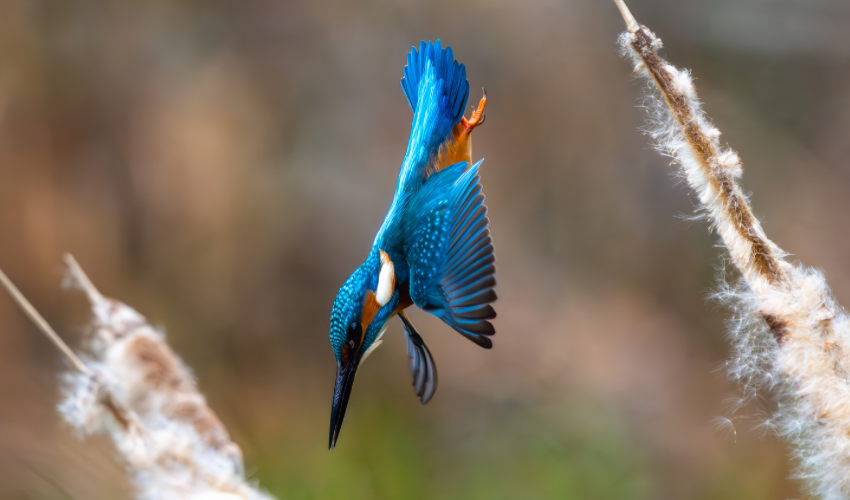
I highly recommend visiting this exceptional park with your family or friends for an unforgettable day of fun and entertainment. In addition to exciting climbing games, you can rent bikes and explore the park at your own pace.
‘Unlike anything else on Earth’
Standing beside the forest lake, Evliya Celebi’s words from the Seyahatname echoed in my mind: “Unlike anything else on Earth.” The book is a masterpiece of Turkish prose. One can learn the history, culture, folk and architecture of a geography of 45 states from this unique work. Even the travel accounts of renowned explorers like Marco Polo and Ibn Battuta pale in comparison to Evliya Celebi’s work.
The journey revealed that sometimes, the essence of what we seek far and wide is sometimes in our backyard, waiting to be discovered. Through the chorus of bird calls and the quietude of the forest, Istanbul reaffirmed its place in my heart as a metropolis brimming with hidden sanctuaries of peace and natural splendor.
Istanbul’s hidden wonders never cease to amaze me.
Source: Newsroom
#haber#
